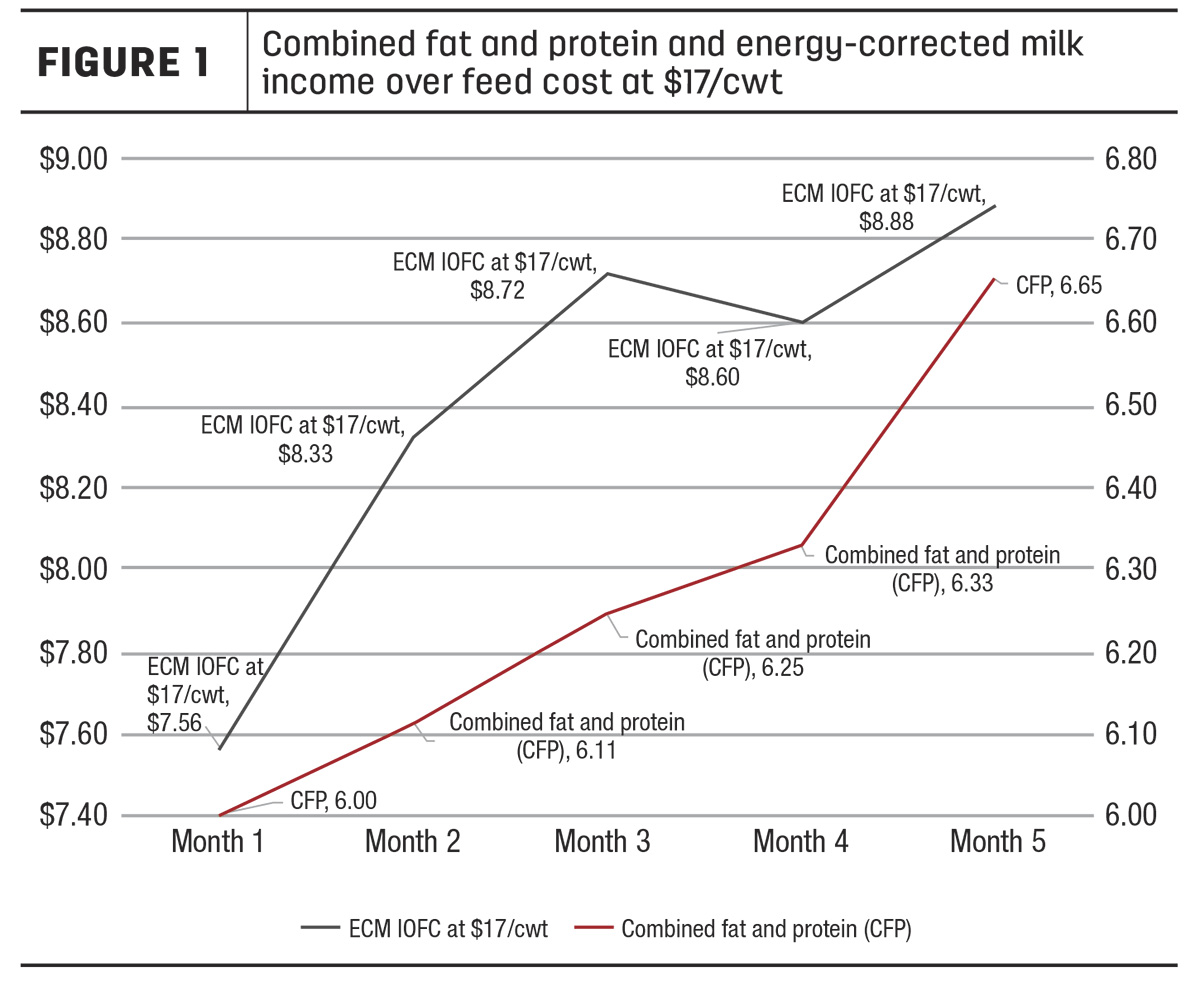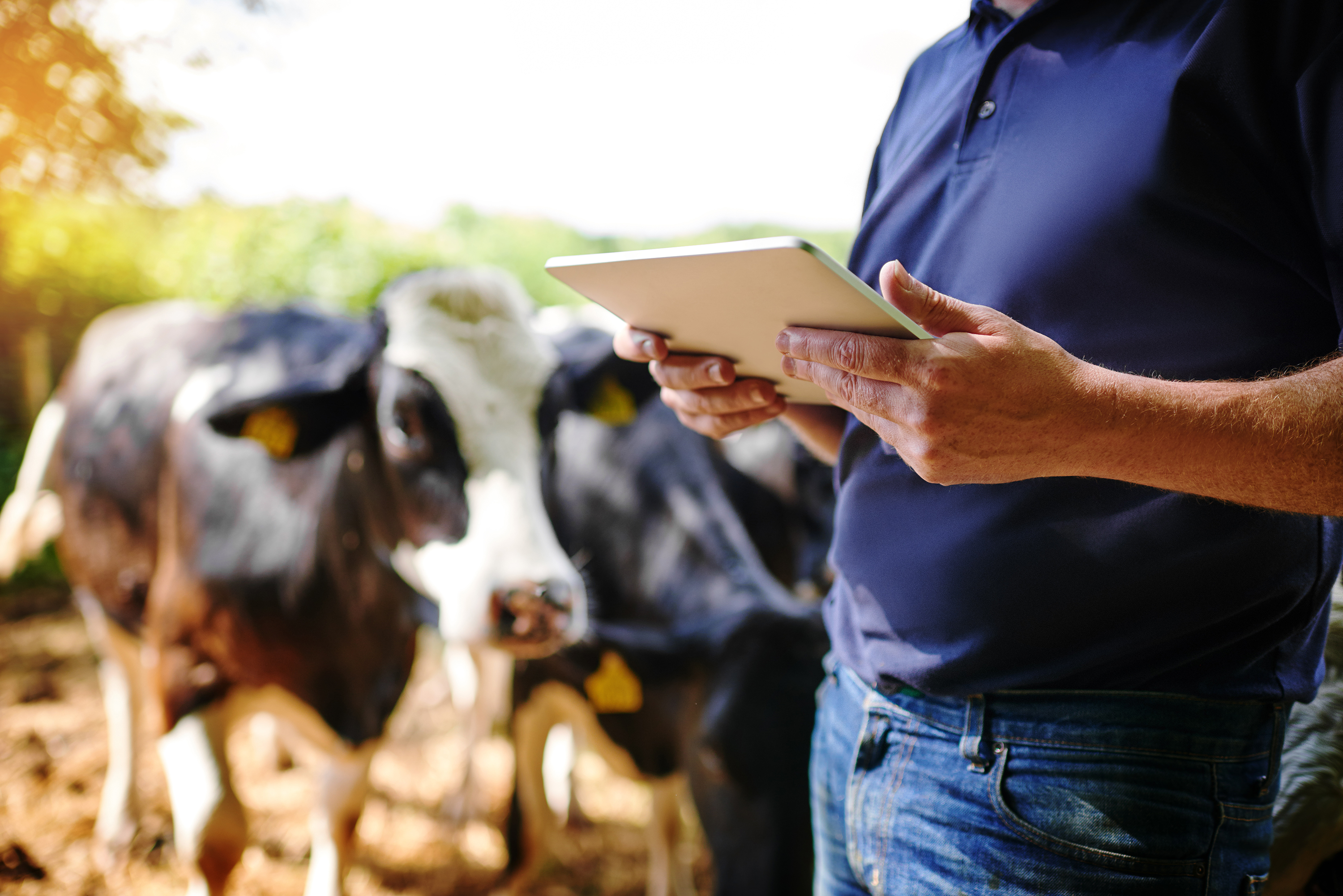To capture the full potential of genetics, facilities, feed and precision technology, dairies need to establish and maintain a strong culture of goal-driven management and human accountability. This requires key team members to meet regularly to maintain a common understanding of trends and performance of the dairy and to set mutually-agreed-upon goals that are periodically revisited to benchmark an acceptable level of progress.
It is critical that those leaders extend communication of these goals and outcomes throughout the dairy’s staff and take ownership of the performance of the team. The ability to effectively work as a team and steadily drive performance forward will define the financial success of dairies in 2023 and beyond.
The most successful dairy operations:
- Maintain a clear vision of expected performance, both short term and for years to come.
- Measure, document and understand when goals are met and when they are missed.
- Value input from key employees and advisers and communicate clearly across the team.
The first step is to identify what measurable benchmarks will characterize a successful year for your business. Your goals may be based around animal health, productivity or farm financial performance. The big-picture goals you set with your inner circle should be supported by “stepping stone goals” that your managers can openly explain to everyone on the team. It is critical that the goals your team sets are both sufficiently ambitious to drive the dairy forward while also being reasonably attainable with the resources available.
Animal health goals are critical underpinnings of production and profitability. Transition health, reproduction, milk quality and calf rearing are all valuable areas. The right place to focus will depend on your dairy’s historical strengths and weaknesses.
Goal-driven management is not just about setting a number with your team. It requires you to come together to identify bottlenecks, dysfunctions and areas of opportunity.
Let’s consider some transition health goals. You can use the past year’s month-over-month results as a starting point. As an example, let's look at a dairy that averaged 2% displaced abomasums (DAs) in 2022 and wants to aim for 1% in 2023 (Table 1). Month over month, they ranged from 0.5% to 3% in 2022.

In scrutinizing that history as a team, we found that increased post-fresh stocking density by the end of heavy calving weeks was a factor in their worst months of 2022. The team discussed how to manage their calving intensity, culling speed and pen numbers to respect transition health without negatively impacting animal inventory and the parlor schedule. Without the in-depth team conversation about their transition health goals, we might not have identified the bottleneck on animal movement or convinced the managers involved to adjust their regular routines to address the challenge.
Milk production is a key goal to benchmark for every dairy. We prefer to work with shipped milk as the metric, although test day or meter milk can be great tools for troubleshooting within the herd. The simplified approach would say you just look at 2022 and set a 2023 goal that is incrementally better. Is that the best planning we can do?
Stepping back to look at the big picture, we can see that several key production factors are locked in going into the new calendar year. For starters, we have our calving intensity set for most of the upcoming year (Table 2). Will our 2022 reproduction performance support a low day-in-milk, high-production herd in 2023? Will we be milking more first-lactation animals? More older cows? Will herd genetics support our production expectations? How do these known inputs line up with our expectations for how milk production will trend?

Another key production factor that is locked in for 2023 is forage quality. While there is no single metric to grade corn silage or haylage, it is possible to discuss expectations based on samples taken as the feed was put up. Did the weather cooperate? Were the forages successfully chopped and processed to targeted specs? How do digestibility, protein and starch analysis look against past years and relative to goals for this year? If you’re looking at feeding a bullish or bearish inventory in the upcoming year, you should tailor your milk production forecast accordingly. In maintaining your forage goals, you may find opportunities by bringing your animal nutrition and agronomy teams together periodically to design your future feedstuffs. The best results on forage can only be sustained when all of your key decision-makers and role players from the field to the feedbunk are working together toward the same goals.
Ultimately, gathering your team over cow health, production and forage metrics is aimed at improving the financial performance of the dairy. The cast you invite to the table for a private financial goals conversation may be different than the “stepping stone” examples we have discussed above, but it is paramount that you don’t try to go at this massive challenge alone. Every ration and management move has an impact on production. Less often discussed are the impacts they have on the ration costs that support that production. Far too often we see farms waiting for their quarterly financial meeting to engage with those numbers. To remedy this, our team has put together month-over-month tracking of the cost of lactating cow feed against milk sales. Now, when we make a ration move, we’re not just looking for a production response. We’re looking for a favorable production efficiency response.
Many in our industry dismiss goal planning on financials because there are so many factors that are beyond the control of the individual producer. However, we can demonstrate huge opportunities in managing the production efficiency of your cows. You can study your dairy’s performance independent of the milk price by tracking your margins with a hypothetical fixed pay price (for example, use $17 per hundredweight) (Figure 1). Every herd rode a rollercoaster on feed and milk prices in 2022, but our tracking showed a spread of $6 per cow income over feed cost from the top production efficiency herds to the bottom. By benchmarking against peer herds, we can look for commonalities or differences in farm characteristics and management to find your next opportunity.

If you are like most progressive dairy farmers, you have a set of key advisers and employees whom you trust and value. Creating a culture of communication between these key individuals is essential to take your dairy to the next level. I challenge each of you to put a clear accounting of 2022’s high points and low points on the table for discussion with your team, and work together to chart an ambitious, yet attainable, course for 2023.









